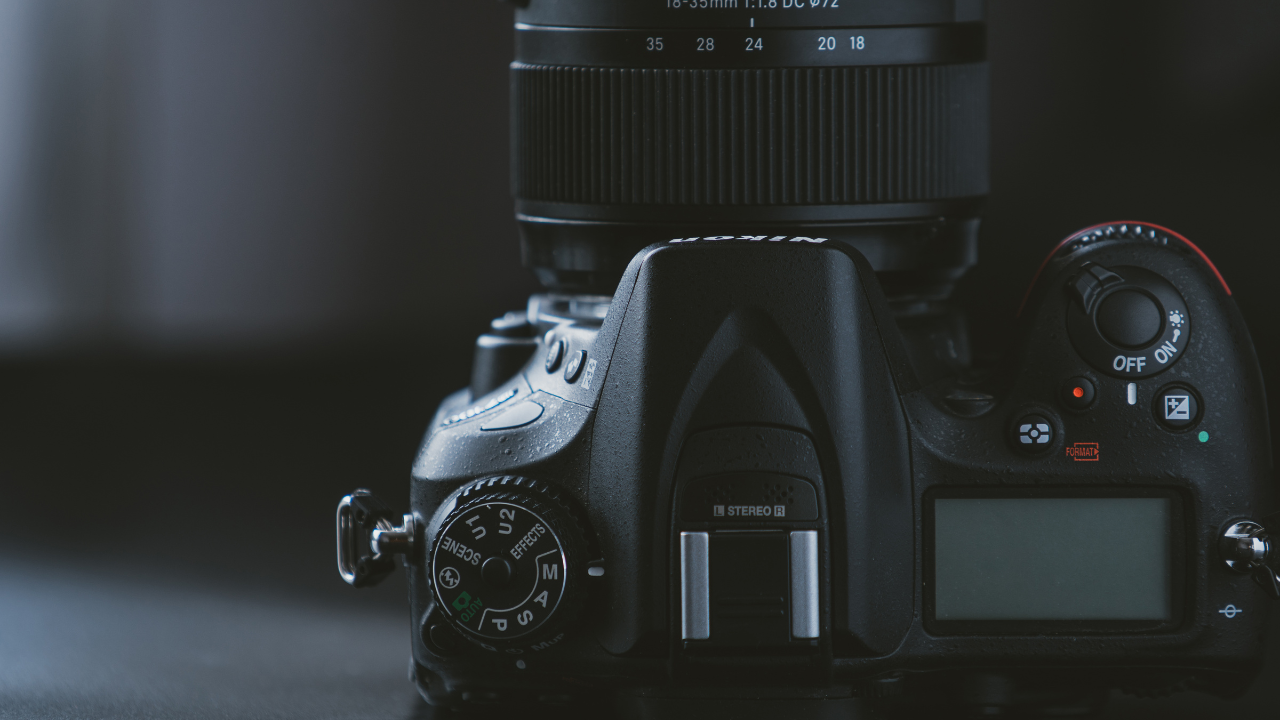When capturing the beauty of the great outdoors, having the right camera can make all the difference. The best cameras for outside home use are designed to handle varying lighting conditions, withstand different weather scenarios, and provide exceptional image quality. Whether you’re an amateur enthusiast or a seasoned professional, the ideal camera should offer high resolution, excellent dynamic range, and robust build quality.

Features like fast autofocus, versatile lens options, and reliable battery life are also essential for those on-the-go moments. With advancements in technology, today’s cameras also include user-friendly interfaces and connectivity options, making it easier than ever to share your outdoor adventures. Explore our top picks to find the perfect camera for your outdoor photography needs.
Key Features to Consider
1. Image Quality
The primary feature to consider is image quality. Look for cameras with high-resolution sensors, as they capture more detail, resulting in sharper images. Cameras with larger sensors, such as APS-C or full-frame sensors, generally offer better image quality, particularly in low-light conditions. High dynamic range (HDR) capabilities are also beneficial, as they help capture more detail in both the shadows and highlights, which is particularly useful in outdoor settings with varied lighting.
2. Durability and Weather Sealing
Outdoor photography often involves exposure to various weather conditions, including rain, dust, and extreme temperatures. Choose a camera that is built to withstand these elements. Cameras with weather-sealed bodies and lenses are ideal, as they provide protection against moisture and dust. A rugged build ensures the camera can handle the occasional bump or drop.
3. Portability
Portability is another crucial factor, especially if you plan to carry your camera for long periods. A lightweight and compact camera is easier to handle and transport, making it more convenient for outdoor adventures. Mirrorless cameras are often preferred for their smaller size and lighter weight compared to traditional DSLRs.
4. Battery Life
Long battery life is essential for outdoor photography, where charging opportunities might be limited. Cameras with energy-efficient designs and high-capacity batteries allow you to shoot for extended periods without worrying about running out of power. Some cameras also offer the option to use external battery packs or grips, extending their usability even further.
5. Autofocus System
A fast and accurate autofocus (AF) system is crucial for capturing sharp images, especially of moving subjects such as wildlife or children playing outside. Look for cameras with advanced AF systems that offer multiple focus points and continuous autofocus tracking. This ensures that your subject remains in focus, even if it moves quickly or unpredictably.
6. Lens Options
The versatility of lens options can significantly enhance your outdoor photography experience. Cameras with interchangeable lenses provide the flexibility to choose the right lens for different scenarios, whether it’s a wide-angle lens for landscapes, a telephoto lens for wildlife, or a macro lens for close-up shots of flowers and insects. Consider the availability and quality of lenses when choosing a camera system.
Specific Use Cases
1. Landscape Photography
For capturing expansive landscapes, a camera with a wide dynamic range and high-resolution sensor is ideal. This allows you to capture the subtle details and variations in light and shadow that define a landscape scene. A wide-angle lens is also beneficial, as it allows you to capture more of the scene in a single frame.
2. Wildlife Photography
Wildlife photography often requires a camera with a fast and accurate autofocus system, as well as the ability to shoot at high frame rates to capture fast-moving animals. A camera with a silent shooting mode can be advantageous, as it allows you to photograph wildlife without disturbing them. Telephoto lenses are essential for getting close-up shots of animals from a distance.
3. Night and Low-Light Photography
For night or low-light outdoor photography, look for cameras with excellent high ISO performance. This feature reduces noise and maintains image quality in low-light conditions. A camera with a wide aperture lens (e.g., f/1.4 or f/2.8) allows more light to reach the sensor, making it easier to shoot in dimly lit environments.
4. Action and Sports Photography
Capturing fast-paced action or sports requires a camera with a high frame rate and an advanced autofocus system. Cameras that can shoot at 10 frames per second (fps) or higher are ideal for freezing moments of action. Additionally, features such as image stabilization can help reduce motion blur when shooting handheld.
Canon EOS 4000D
- This Platinum Mobile Camera Bundle Includes: Canon Lithium-Ion Battery...
- Canon EOS 4000D / Rebel T100 DSLR Camera- 18.0MP APS-C CMOS Sensor, Up...
- Canon EF-S 18-55mm F/3.5-5.6 Zoom Lens - EF-S-Mount Lens/APS-C Format,...
- Just frame & shoot for great results with Scene Intelligent Auto....
- Creating distinctive stories with digital camera quality photos & Full...
Summary
Selecting the best camera for outdoor home photography involves balancing several factors, including image quality, durability, portability, battery life, autofocus capabilities, and lens options. By prioritizing these features, you can choose a camera that meets your specific needs and enhances your ability to capture beautiful and memorable outdoor images. Remember to also consider your personal preferences and shooting style, as these will influence the type of camera that is best suited for your outdoor photography adventures.
